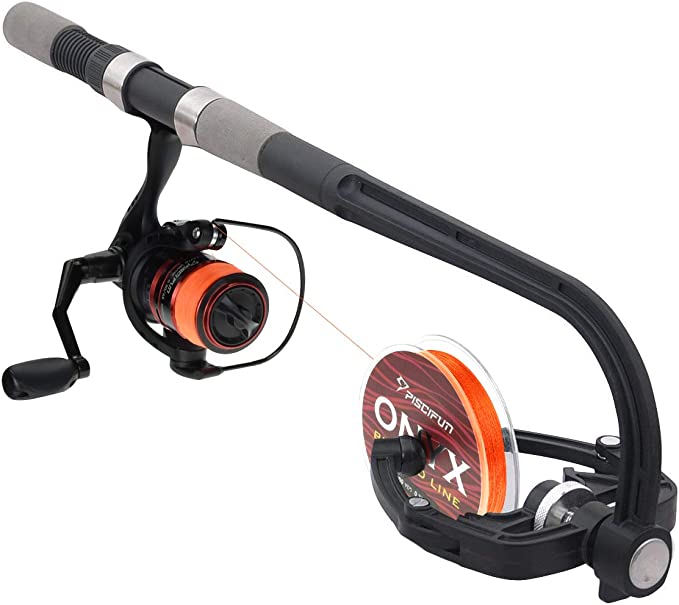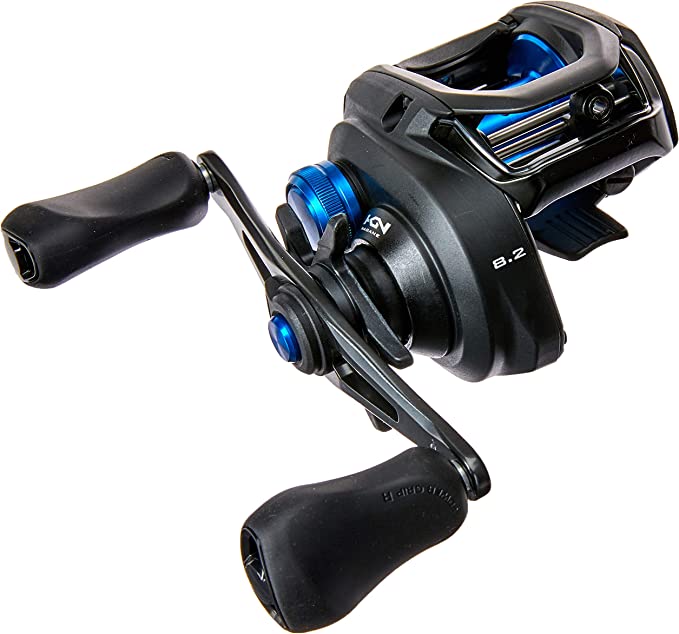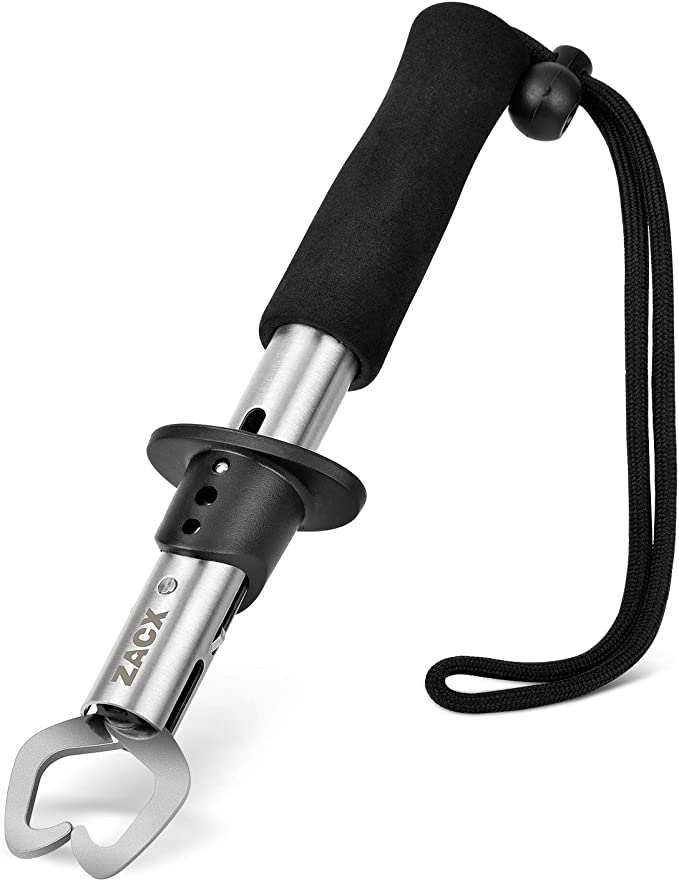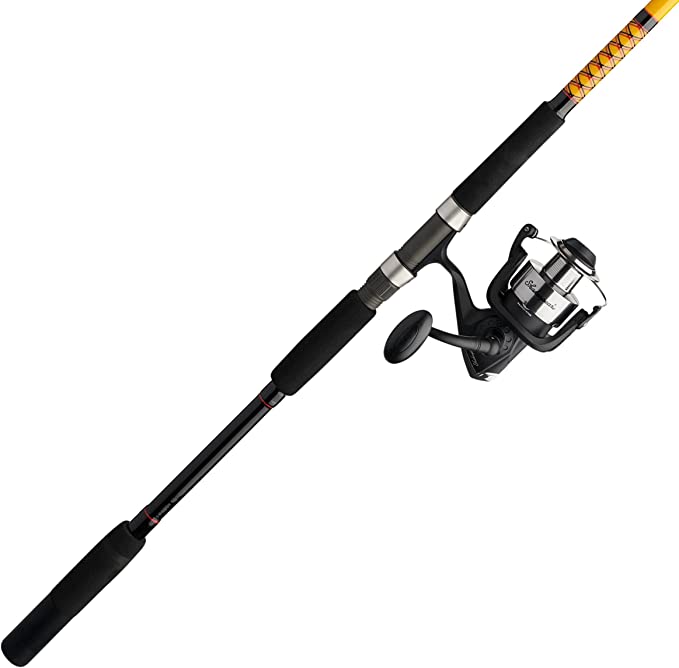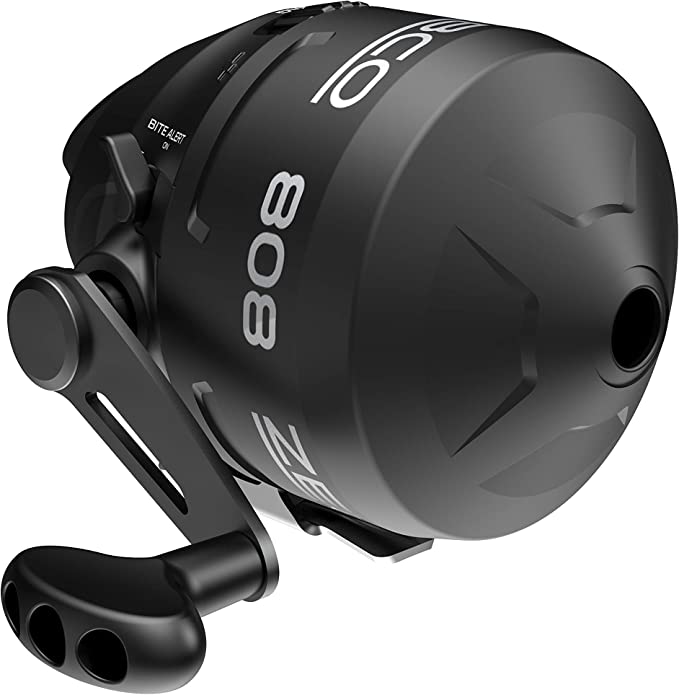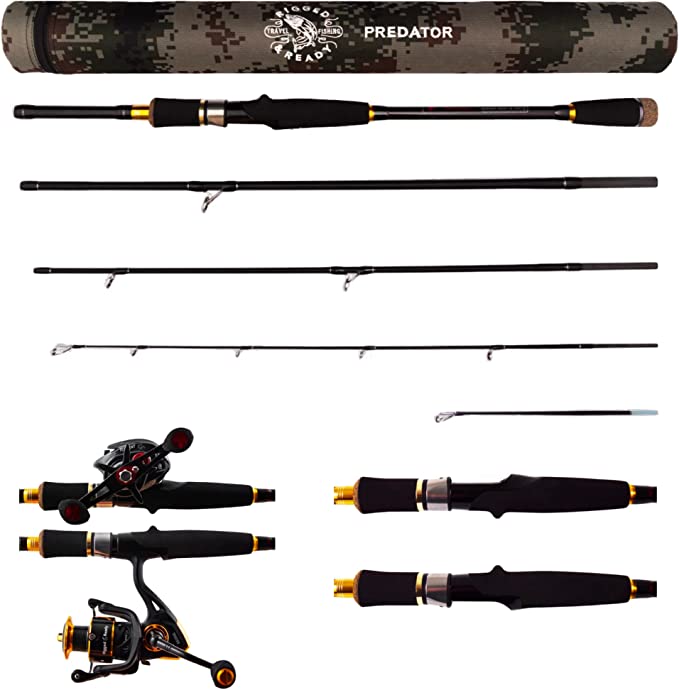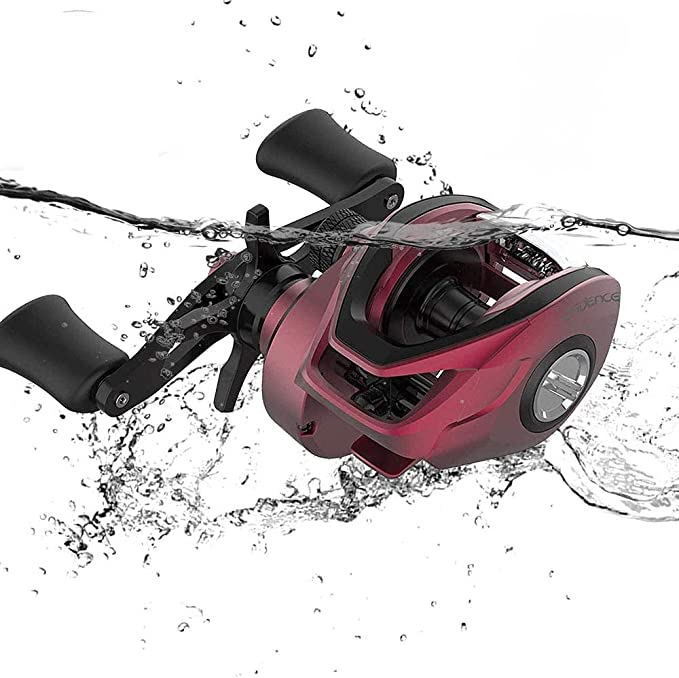Piscifun TL028 Fishing Line Spooler: No More Line Twist, Just Smooth Fishing
Update on Feb. 12, 2025, 5 p.m.
Conquer Line Twist: The Science Behind the Piscifun TL028 Spooler
There’s nothing quite like the feeling of a fish on the line. The tug, the fight, the anticipation… and then, snap. Your line breaks, not because of the fish, but because of a tangled, twisted mess known as “line twist,” or, as some anglers call it, a “bird’s nest.” It’s a common frustration, and it can ruin even the best fishing day. But what causes line twist, and more importantly, how can you prevent it?

Why Does Line Twist Happen?
Line twist isn’t just bad luck; it’s physics. Several factors contribute to this annoying phenomenon, most stemming from how line is wound onto your reel. Imagine a rope being coiled. If you simply lay the rope down in loops, it will naturally twist. The same principle applies to fishing line.
One major culprit is the spinning reel itself. The design of a spinning reel, with its rotating bail, inherently introduces a small amount of twist with each crank of the handle. This twist is usually minimal, but it accumulates over time, especially if the line isn’t spooled correctly in the first place.
Another factor is the line itself. Certain types of line, particularly monofilament, have what’s called “memory.” This means they tend to retain the coiled shape they had on the original spool. When this coiled line is transferred to your reel, the memory can cause the line to twist and spring off the spool, creating loops and tangles.
Improper spooling technique is also a major contributor. If the line comes off the supply spool in the wrong direction, or if there isn’t enough tension during spooling, the line will be loose and prone to twisting.

Line Types and Their Quirks
Understanding the different types of fishing line can help you minimize twist. Here’s a quick rundown:
- Monofilament (Nylon): The classic, all-purpose line. It’s affordable, buoyant, and has good knot strength. However, as mentioned earlier, it has significant memory, making it more susceptible to twist.
- Fluorocarbon: This line is virtually invisible underwater, making it a favorite for clear water conditions. It’s also abrasion-resistant and has low stretch. Fluorocarbon is denser and stiffer than monofilament, which can make it a little trickier to spool.
- Braided (PE): Made from woven fibers, braided line is incredibly strong and has virtually no stretch. It’s excellent for fishing in heavy cover or for targeting larger fish. Braided line has no memory, which reduces twist, but its lack of stretch can make it less forgiving if you’re not careful with your drag settings.
The Mechanics of Spooling
A line spooler’s primary job is to transfer line from the manufacturer’s spool to your reel’s spool evenly and with consistent tension. This might sound simple, but there’s a surprising amount of engineering involved in doing it well.
Think about it: the supply spool and your reel’s spool are different sizes and shapes. As you wind line onto your reel, the diameter of the line on the reel changes, which affects the winding speed. If the spooler doesn’t account for this, the line will be wound unevenly, leading to – you guessed it – line twist.
Good spoolers address this with a few key features:
- Tension Control: A mechanism to apply consistent pressure to the line as it’s being spooled. This prevents loose coils and ensures the line is packed tightly onto the reel.
- Line Guide: A system to distribute the line evenly across the width of the reel spool, preventing it from bunching up on one side.
- Stable Base: A secure mounting system to hold the spooler steady during the winding process.
Enter the Piscifun TL028: A Twist-Free Solution
The Piscifun TL028 Fishing Line Spooler tackles the problem of line twist head-on with a clever design that prioritizes smooth, even spooling. It’s not just about convenience; it’s about protecting your line, improving your casting distance, and ultimately, helping you catch more fish.
Inside the TL028: Design and Materials
Let’s take a closer look at what makes the TL028 tick:
The Anti-Twist System
This is the heart of the TL028. While the precise engineering details are proprietary (Piscifun’s patented design), the core principle is to synchronize the rotation of the supply spool and the fishing reel. Traditional spoolers often allow the supply spool to rotate freely, which can lead to uneven line dispensing and twisting. The TL028, however, maintains a consistent relationship between the two spools, ensuring the line comes off the supply spool smoothly and without adding any unwanted twist. Imagine two gears perfectly meshed together – that’s the basic idea.
Built to Last: Composite Fiber Construction
The TL028 isn’t made of flimsy plastic. It’s constructed from composite fiber, a material known for its high strength-to-weight ratio. This means it’s both lightweight (263 grams, or about 9.3 ounces) and durable enough to withstand the rigors of regular use. Composite fibers are also resistant to corrosion, which is important for a tool that will be exposed to water, and potentially saltwater.

Universal Compatibility
Whether you’re a fan of spinning reels, baitcasters, or spincast reels, the TL028 has you covered. Its adjustable design accommodates a wide range of reel sizes and spool widths (up to 5.5 inches). This versatility is a major plus, as you won’t need separate spoolers for different types of reels.

Rod or Table: Mounting Options
The TL028 offers two mounting options:
- Rod Clamp: This allows you to attach the spooler directly to your fishing rod blank (between 0.2 and 1.1 inches in diameter). This is often the most convenient option, as it keeps everything in one place and allows you to use the rod’s handle for leverage while winding.
- Suction Cup: A suction cup base is included for attaching the spooler to smooth, flat surfaces like a table or countertop. While some users have reported that the suction cup can be unreliable on certain surfaces, it provides an alternative if you prefer not to clamp the spooler to your rod.
Spooling Like a Pro: Tips and Techniques
Using the Piscifun TL028 is straightforward, but here are a few tips to ensure optimal results:
- Secure Mounting: Make sure the spooler is firmly attached to either your rod or a stable surface.
- Proper Line Direction: For spinning reels, the line should come off the supply spool in the same direction it will be wound onto the reel. This minimizes inherent twist. For baitcasting reels, the line should generally come off the top of the supply spool.
- Tension Adjustment: Use the tension control knob to apply consistent pressure to the line. You want enough tension to ensure the line is wound tightly, but not so much that it stretches or damages the line. A good rule of thumb is to apply enough tension so that the line feels firm but not overly tight.
- Even Winding: As you crank the reel handle, guide the line back and forth across the reel spool to ensure even distribution. The TL028’s line guide helps with this, but it’s still important to pay attention.
- Don’t overfill: Leave a small gap.
Beyond Spooling: Line Care
Proper line care extends beyond just spooling. Here are a few extra tips:
- Rinse After Use: After fishing, especially in saltwater, rinse your line with fresh water to remove salt, dirt, and debris.
- Line Conditioner: Consider using a line conditioner, which can help lubricate the line, reduce memory, and prolong its life.
- Storage: Store your reels and spools of line in a cool, dry place, away from direct sunlight.

The Smooth Operator
The Piscifun TL028 Fishing Line Spooler isn’t just a gadget; it’s a tool that can significantly improve your fishing experience. By eliminating line twist, it helps you cast further, reduce tangles, and protect your line from damage. It’s a worthwhile investment for any angler who values efficiency, performance, and the simple joy of a smooth, trouble-free fishing day. The science behind it is sound, the design is practical, and the results speak for themselves.
